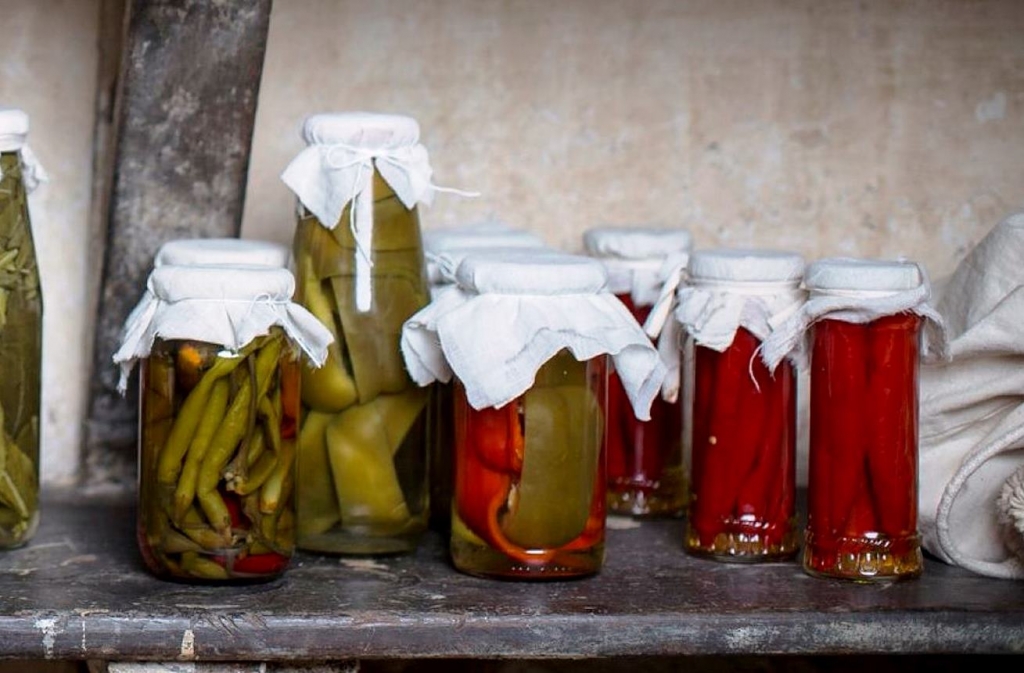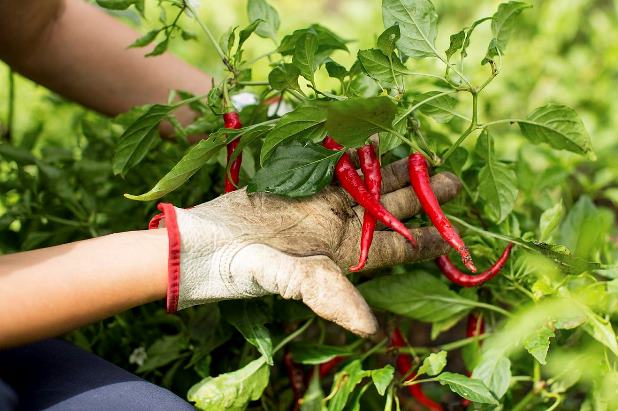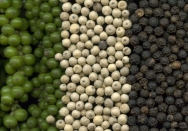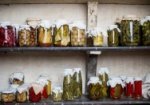If pepper is the king of spices, then the chilli must certainly be the knave – the bright upstart who threatens to oust the king from his throne. In many cuisines this is now the case, with chilli the dominant ‘hot’ spice, due to its prevalence in India and Asian countries. The English, and by default, colonial Australians, embraced chillis in full force in the C19th century.
Its major advantage over vine pepper is that it could be cultivated domestically, even in the more temperate climes of the UK. They were used fresh, preserved in vinegar (see recipe below) and used as a condiment, or dried and ground for cooking. At least six varieties were being grown in the Sydney colony in the 1820s.
‘Indian’ but not Indian
A New World spice from the capsicum family, chilli was introduced to Europe following Christopher Columbus’s search for a western naval passage to India. With its intense heat it became known, confusingly, as Indian pepper – referencing indigenous American Indian culture rather than continental India, in the same way that maize was called Indian corn. This accounts for capsicums being called red or green peppers, or in America, ‘bell peppers’ or ‘sweet peppers’.

Preserved chillis in the pantry at Vaucluse House Photo © James Horan for Sydney Living Museums
Cayenne ‘pepper’
Cayenne pepper is a dried red chilli powder, often made from a blend of chilli varieties, and renowned for being very hot. It became ubiquitous in C19th century cookery, used to pep up all manner of savoury recipes, from sauces and marinades to biscuits such as the deliciously moreish Cheese Darlings). According to Mrs Beeton,
Cayenne is the most acrid and stimulating spice with which we are acquainted. It is a powder prepared from several varieties of capsicum …so far naturalised in this country… the Guinea, the Cherry and the bell pepper. … The best [cayenne].. is made in the West Indies, from what is called Bird pepper [Capsicum baccatum]. Beeton’s Book of household management (1861)
So prolific was cayenne that French chef Antonine Careme, who cooked for the Prince Regent (later George IV) in Brighton Pavilion 1815-16 criticised the English for its over use. Echoing his sentiments, William Kitchener called for more judicious use, especially in curries,
The common fault of a Curry Powder is the too great proportion of Cayenne, (to the milder Aromatics from which its agreeable flavour is derived) preventing a sufficient quantity of the Curry Powder being used. Dr William Kitchener, The Cook’s Oracle, 1822
The Spanish appropriated the chilli plant and developed paprika, which can be used as a substitute for some or all the cayenne pepper or chilli powder in a recipe, if you want to avoid their intense heat.
Chilli vinegar
Ingredients
- 375ml bottle of good-quality white vinegar
- 15 fresh red chillies, or to taste (slit lengthways, keeping the tops intact)
Note
An old English alternative to Tabasco sauce, this condiment was originally intended as a dressing for fish, which, according to Mrs Beeton, 'many people cannot eat without the addition of an acid and cayenne pepper'. A splash of chilli vinegar adds zing to all kinds of sauces, dressings, marinades and cooked meats.
Directions
| Remove the lid from the bottle of vinegar and carefully prise off the 'splash' lid, if there is one. Drop the chillies into the vinegar and reseal. Leave to infuse for at least 2 weeks before using. The vinegar will keep for up to 12 months, and the flavour will intensify over time. | |

 Print recipe
Print recipe

